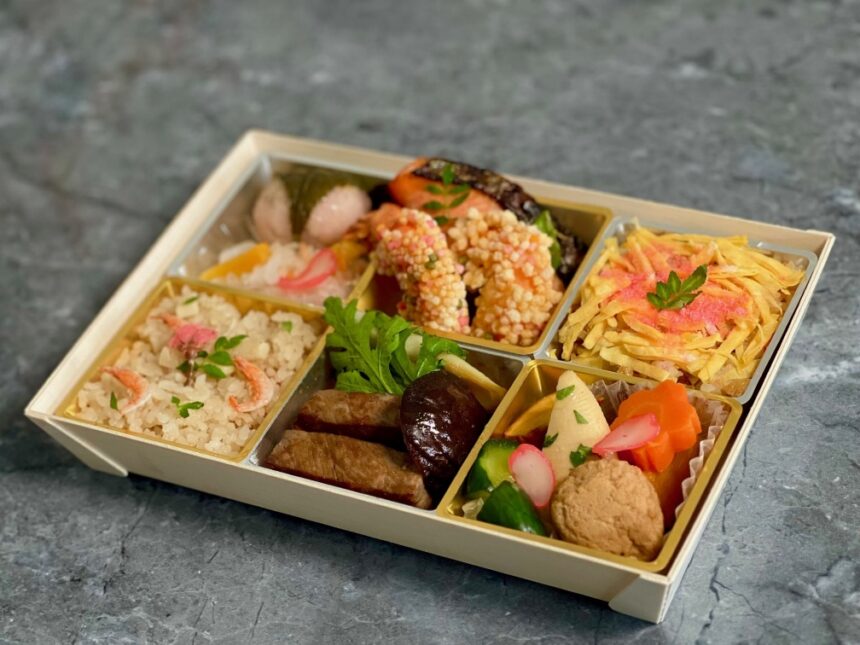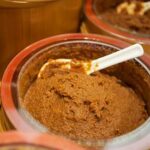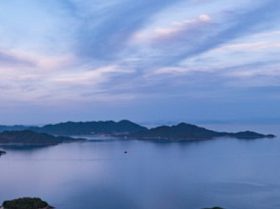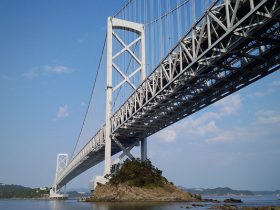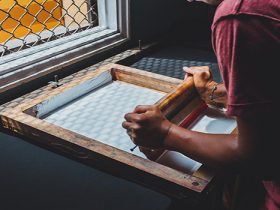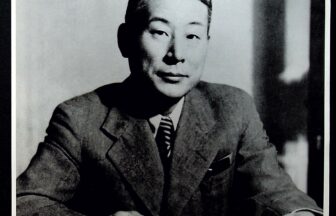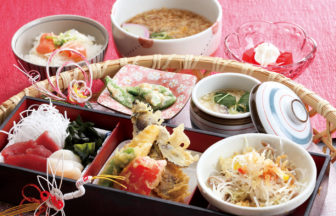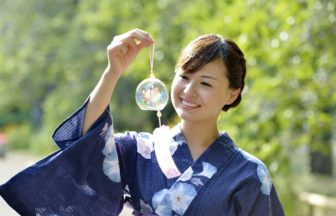This year’s our original project in Yokohama in alliance with Japan Tourism Agency named, “Creation of Multiple Gastronomy Patterns for Yokohama’s Signature Product YOKOHAMA TRUST,” is a project to develop the Perry Gastronomy, which is famous for the U.S.-Japan Treaty , in a different person, as we created the product YOKOHAMA TRUST last year. The idea for the Perry Gastronomy was to arrange the menu of the dinner party using Yokohama ingredients in a modern style and have it at the place where the Treaty between Japan and the U.S. was concluded. The idea for this Perry Gastronomy began with a comment from a participant in the Perry Gastronomy travel, “If it’s in Yokohama, it’s not just Perry. As an option, having more than one gastronomy plan would allow us to target a wider range of customers.

There is a river called the Potomac River flowing next to the Capitol Building in Washington D.C. in the United States. The surrounding area is full of blooming cherry trees, which were donated to the U.S. from Japan by Eliza Sidmore, a journalist living in Yokohama, after she said a few words. In her book “Jinrikisha Days” (Rickshaw Travels), she describes a lot of Japan at that time, and she wrote several things about how beautiful cherry blossoms in Japan are. We have used these episodes to develop the Sidmore Cherry Blossom Gastronomy. Unfortunately, she did not have any children, so we do not have many first-hand accounts of her life, but we have planned a variety of gastronomy plans based on the book.

First, you stay at the Hotel New Grand. There is a breakfast using eggs that the founder, Mr. Sankei Hara, was very fond of. That breakfast is not served anymore, but we wanted to have a special Yokohama experience, so we asked Hotel New Grand to recreate it and make three different kinds. This is where the story of Yokohama at that time begins to unfold. After breakfast, we were given a tour of the hotel by a meister from Hotel New Grand. The hotel is filled with a sense of time travel as many legacies from about 100 years ago remain.


Afterwards, you will have the luxury of enjoying the exclusive experience of the Makuzu-yaki (old pottery) Museum, formerly known as Yokohama-yaki. This pottery was even called the pride of Japan at the Philadelphia World’s Fair in the United States in 19th century, and although it no longer exists, including its kiln, which is very unfortunate, a business owner in Yokohama who was fascinated by its history is not only a private collector but also created a private museum of Makazu-yaki. I think it is fair to say that he is the most knowledgeable person about Makazu-yaki in Japan, and he gave us a tour of the museum while telling us about Makazu-yaki himself.
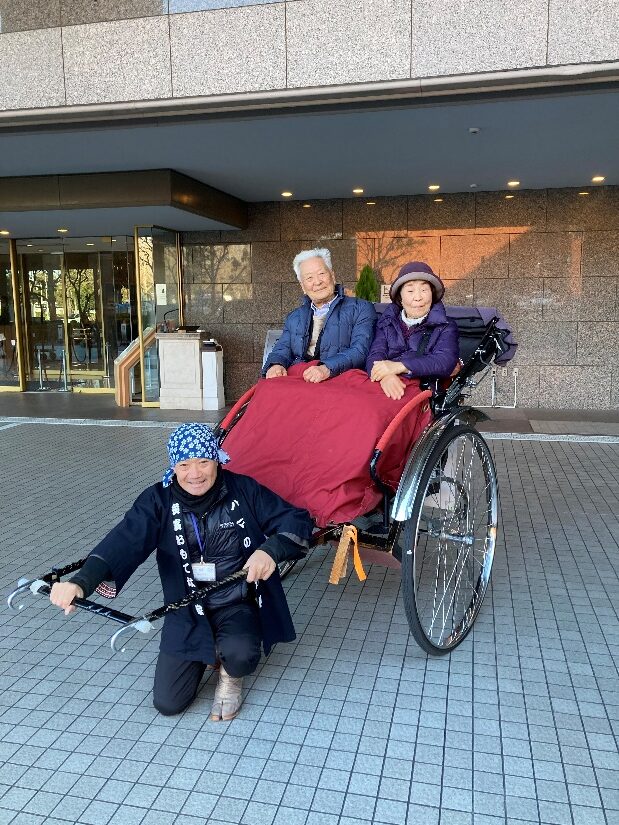
Afterwards, you will experience the Sidmore Rickshaw Experience firsthand.The rickshaw ride will take you to the venue for lunch while we talk about what Yokohama was like in Sidmore’s day. There will be several versions of Sidmore Gastronomy for lunch.
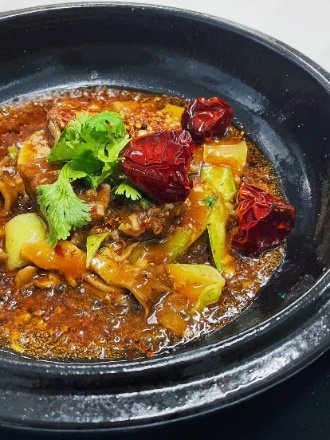
One of them is the Chinese version, which is a full Chinese course menu consisting of seven different dishes, all of which were inspired by her book and were created and developed from scratch. In the book, there are descriptions such as “I loved the eel” or “the beef hot pot was very tasty,” etc., and you will enjoy a very rare Chinese version of gastronomy in which all the ingredients and all the menu items are actually made from the book in a modern style, referring to various literature. You will enjoy a Chinese version of gastronomy, which is quite rare.
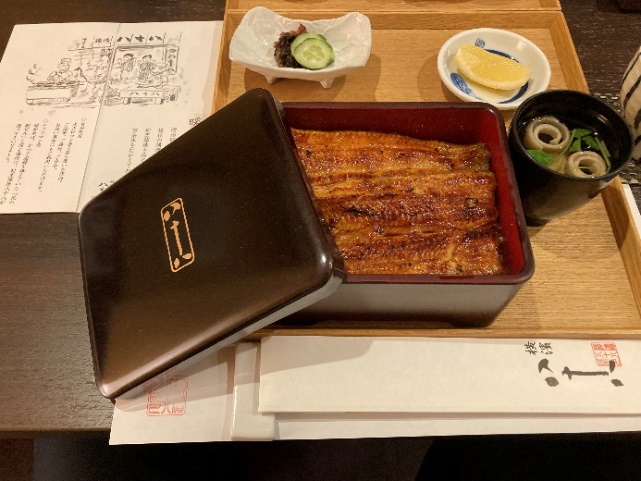
On the other hand, the eel restaurant where used to be a branch of a bank, and the private room in the bank’s vault is now used as the restaurant’s private room. I think this is a very suitable product for both domestic and foreign financial customers, and I encourage both Japanese and non-Japanese to try it, thinking about the era of those days.
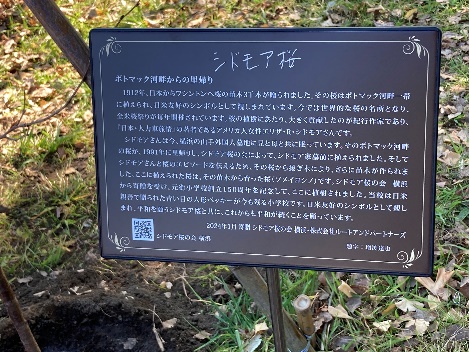
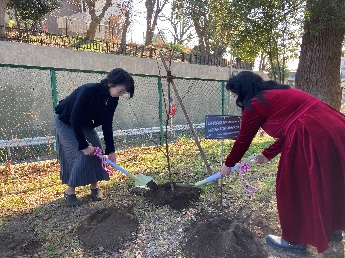
In addition, the U.S. sent back to Japan the saplings of the cherry trees that were sent to the U.S. by Mr. Sidmore, but which were not used up. These are called “homecoming cherry trees,” and there are activities to plant them in various places in Yokohama. We have decided to add this tree-planting experience to the trip. For example, in this project, we planted saplings at the Honmachi Elementary School in Yokohama, which is celebrating its 150th anniversary this year. We believe that this is a very good experience for the children and grandchildren of the families to visit Yokohama again, saying, “This is how big the cherry tree my father planted has grown,” or “This is how big the cherry tree my grandmother planted in the past has grown.
Let’s go back to gastronomy. We really wanted to make Japanese food as well, so we have prepared a style of bento called Sidmore Japanese Bento. As you can see from the photo, it is very colorful and was inspired by Sidmore’s book.
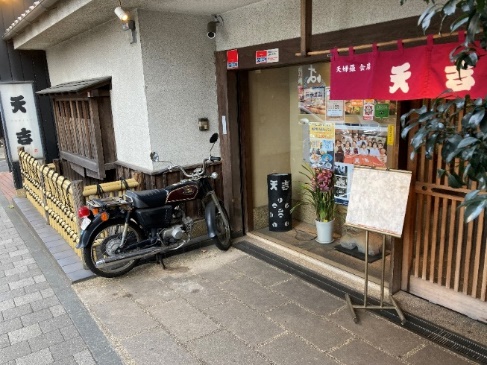
We are also planning a plan to have a Chaplin course, for example, where Chaplin ate 36 shrimp tempuras because he loved tempura, and we are thinking of various tricks to have them fried using Yokohama’s sesame oil.
When Japan lost the war, Douglas MacArthur stayed at the Hotel New Grand for three days before the surrender ceremony, and the room where he stayed is still there as the MacArthur Suite. The desk where he held his office is still there as well, and it seems that he moved to the foreign settlement in Yamate afterwards. We are planning to develop food ingredients and gastronomy based on these hints.
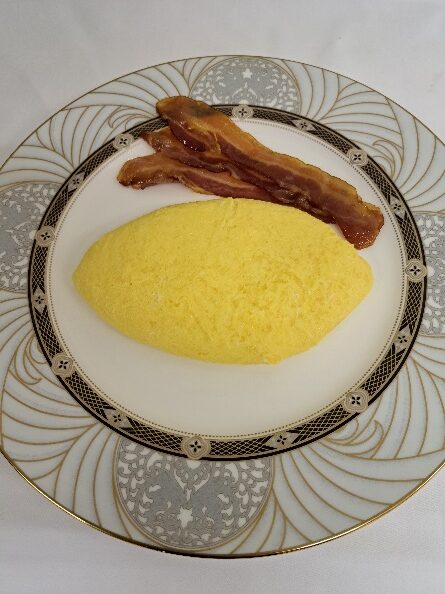
In baseball, Babe Ruth has been here, and as people have history, we can definitely develop foodstuffs or menus based on people. We would like to continue to base our gastronomy plan on the history of people as one of our basic gastronomy and tourism resource strategies.

